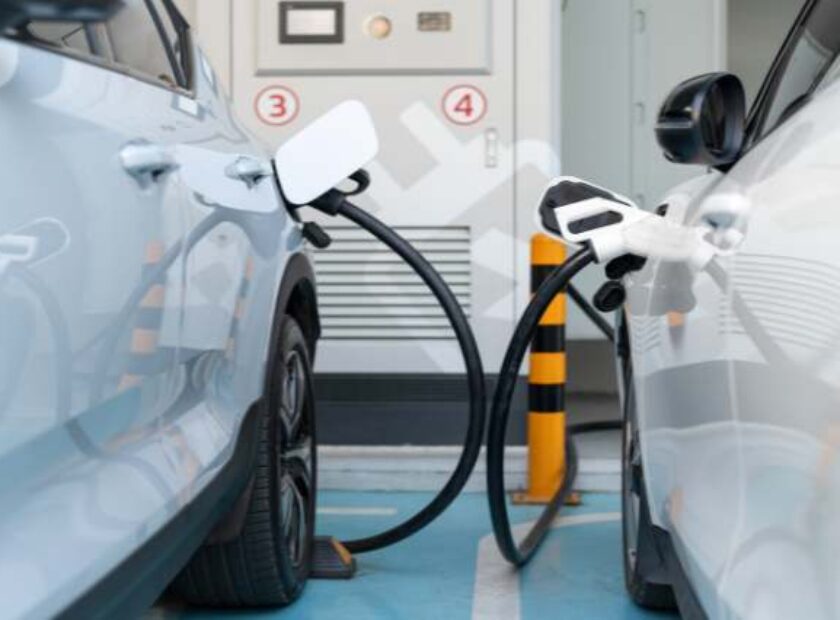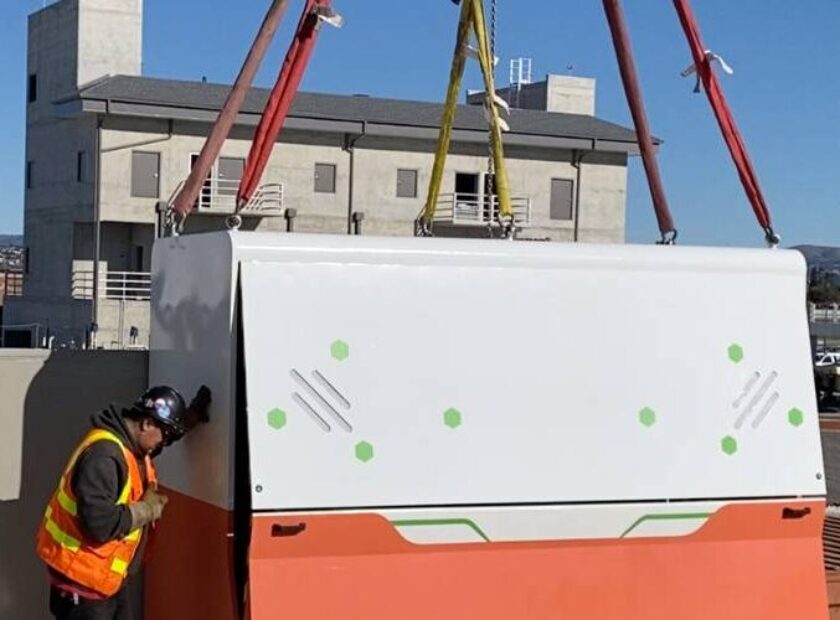Local Sustainable Power Plants or Distributed Power Plants: What Sets Them Apart?

Local Sustainable Power Plants (Microgrids) and Distributed Power Plants (VPPs): Are They the Same or Different?
As the world moves towards cleaner and more reliable energy solutions, terms like “microgrids” and “virtual power plants” (VPPs) are often used in discussions about sustainable energy infrastructure. While these concepts share similarities, they serve different purposes within the larger energy ecosystem. Understanding the distinctions between local sustainable power plants (microgrids) and distributed power plants (VPPs) is essential to appreciate their roles in transforming the modern energy landscape.
- Microgrids (Local Sustainable Power Plants)
A microgrid is essentially a small-scale, localized power system that typically consists of a combination of energy generation, energy storage, and the management of electrical loads. Microgrids are designed to serve a specific area, such as a campus, a commercial facility, a residential community, or even an industrial zone. They offer unique advantages, especially in terms of energy independence and reliability, by operating both in connection with the main power grid and independently, depending on the situation.
- How Microgrids Work:
- Local Generation: Microgrids usually rely on renewable energy sources, like solar panels, wind turbines, or biomass plants, to generate power. Battery storage systems (e.g., lithium-ion batteries) are often paired with these generation units to store excess energy for use when renewable sources are unavailable (such as during nighttime or low-wind periods).
- Grid Connection: Microgrids are connected to the main grid under normal circumstances but can operate autonomously (known as “islanding”) during grid outages or other disruptions. This ability makes microgrids crucial for ensuring energy resilience in regions prone to natural disasters or grid instability.
- Control and Flexibility: One of the core benefits of a microgrid is its local control. Site operators can decide when to draw power from the grid, when to store excess energy, and when to supply power to critical loads during outages. This flexibility is vital for locations that need to prioritize electricity supply to essential operations, such as hospitals, emergency centers, or industrial processes.
Why Microgrids Matter:
Microgrids offer a tailored solution for specific areas and use cases. They are especially beneficial in:
- Disaster-prone regions: In areas prone to natural disasters, such as hurricanes or wildfires, microgrids provide critical infrastructure with backup power.
- Remote or off-grid locations: In locations where grid connection is unreliable or non-existent, microgrids are an effective way to ensure access to clean energy.
- Sustainability goals: Microgrids help reduce carbon footprints by integrating renewable energy sources into the local energy mix, often replacing fossil-fuel-based generation.
- Virtual Power Plants (Distributed Power Plants)
In contrast to microgrids, a Virtual Power Plant (VPP) is not a localized, self-sufficient system. Instead, it represents a coordinated network of distributed energy resources (DERs) spread across multiple locations. These DERs can include solar panels, EVs, energy storage systems like backup batteries and even smart thermostats in homes. The VPP aggregates these energy resources and optimizes their collective output through advanced software and control systems.
How VPPs Work:
- Distributed Energy Resources (DERs): VPPs draw upon a wide variety of energy sources and storage systems located at different points across the grid. Each resource contributes to the overall pool of available energy, which can be dispatched when the grid requires additional power, such as during peak demand times.
- Centralized Software Management: VPPs use sophisticated software to monitor, control, and balance the flow of electricity from these distributed assets. The software ensures that energy generation and consumption are optimized for cost-efficiency and grid stability. In essence, a VPP behaves like a traditional power plant but without a central physical plant.
- Grid Integration: Unlike microgrids, which can operate independently, VPPs are inherently grid-connected. Their purpose is to provide extra flexibility and resilience to the main grid by utilizing various small-scale generation sources, storage systems, and demand-response mechanisms.
Why VPPs Matter:
VPPs provide an efficient way to integrate more renewable energy into the grid and offer solutions to balance supply and demand on a broader scale. They serve important roles in:
- Peak Load Management: During periods of high electricity demand, VPPs can dispatch power from distributed assets to prevent overloading the grid. This ensures that renewable energy sources are utilized more effectively while reducing the need for traditional fossil-fuel-based peaking plants.
- Grid Stability: VPPs help stabilize the grid by responding to fluctuations in energy supply or demand. The coordinated software can decide when to store energy in batteries and when to release it to the grid, helping to smooth out variations in renewable energy generation.
- Decarbonization Goals: As more renewable energy sources like solar and wind come online, VPPs provide a platform to optimize their integration, thus helping utilities and governments meet their carbon reduction targets.
Key Differences Between Microgrids and VPPs
Although both microgrids and VPPs support the transition to a more decentralized, resilient, and sustainable energy system, they differ in several fundamental ways:
- Scale and Scope:
Microgrids: Serve specific, localized areas such as a campus or neighborhood. They focus on ensuring that a particular site has reliable, independent access to power.
VPPs: Aggregate energy resources over a wide geographic area, often spanning multiple cities or regions. Their purpose is to balance supply and demand at the grid level. - Independence vs. Grid Support:
Microgrids: One of the defining features of microgrids is their ability to operate autonomously when disconnected from the main grid. This “islanding” capability is critical for ensuring energy availability during outages.
VPPs: VPPs are inherently connected to the grid. Their role is to contribute energy back to the grid and help balance supply and demand across a large network of distributed resources. - Control and Operation:
Microgrids: Are controlled locally and can be tailored to the specific needs of a particular site. The primary goal is to provide energy security and resilience for that specific area.
VPPs: Are controlled centrally through advanced software that monitors and manages a diverse range of distributed energy resources. VPPs optimize energy production and consumption on a broader, grid-wide scale, acting more like a traditional power plant without a single location.
The Overlap: When Microgrids Are Part of a VPP
In some cases, microgrids can be part of a VPP. For example, a VPP may integrate multiple microgrids as part of its distributed resource portfolio. Each microgrid continues to serve its local needs while contributing excess energy to the larger VPP network. This synergy helps both systems work together to enhance grid resilience and maximize renewable energy usage.
YOu see microgrids and VPPs are complementary technologies that play distinct yet interconnected roles in the modern energy landscape. Microgrids focus on localized energy independence and resilience, while VPPs manage distributed resources to optimize grid-wide energy supply and demand. Together, they are driving the shift towards a more sustainable, decentralized, and resilient energy future.






